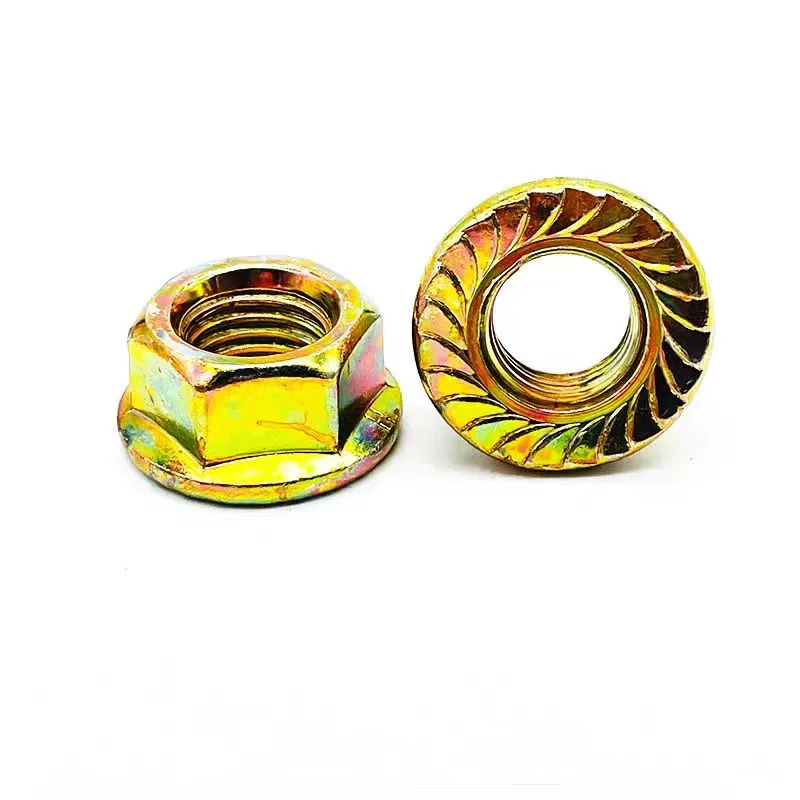

self clinching fasteners
नवम्बर . 05, 2024 07:13 Back to list
self clinching fasteners
Understanding Self-Clinching Fasteners A Comprehensive Overview
Self-clinching fasteners are essential components in modern manufacturing and assembly, providing robust and reliable joining solutions for a wide array of applications. These fasteners are designed to permanently attach themselves to thin metal sheets or panels, allowing manufacturers to create strong, secure joints without the need for additional hardware or complex assembly processes.
Understanding Self-Clinching Fasteners A Comprehensive Overview
Self-clinching fasteners come in different types, including nuts, screws, studs, and spacers, each tailored for specific applications and load requirements. For example, self-clinching nuts are designed to provide a secure threaded hole for attaching various components, while self-clinching studs can serve as anchor points for other parts. The versatility of these fasteners makes them a popular choice across industries, including automotive, electronics, aerospace, and appliances.
self clinching fasteners

One significant advantage of self-clinching fasteners is their efficiency in assembly. Since they eliminate the need for traditional fastening methods such as welding or the use of separate nuts and bolts, manufacturers can streamline their assembly processes. This reduction in complexity not only saves time but also minimizes the risk of errors during assembly, leading to improved overall product quality.
Moreover, self-clinching fasteners enhance design flexibility. They can be installed in various orientations and in tight spaces where conventional fasteners may not fit, making them ideal for lightweight and compact product designs. This feature is particularly beneficial in industries like electronics, where space constraints are critical. Additionally, the use of self-clinching fasteners can reduce the weight of the final assembly, contributing to more fuel-efficient vehicles and lighter products.
From a material standpoint, self-clinching fasteners are offered in a range of materials including stainless steel, carbon steel, and aluminum, each with different coatings and finishes to suit specific environmental requirements. This adaptability allows engineers and designers to select the best fastener type based on the operational environment, whether it involves exposure to moisture, chemicals, or other challenging conditions.
In conclusion, self-clinching fasteners are pivotal in advancing modern manufacturing and engineering. Their ability to confer strength, reliability, and efficiency in assembly processes has made them a go-to choice for many industries. Understanding the principles and benefits of these fasteners empowers engineers and designers to improve their products' performance while simplifying their assembly procedures. As technology and manufacturing processes continue to evolve, self-clinching fasteners will undoubtedly remain a critical element in innovative design and efficient production strategies.
Latest news
-
Hot Dip Galvanized Bolts-About LongZe|High Strength, Corrosion Resistance
NewsJul.30,2025
-
High-Strength Hot Dip Galvanized Bolts - Hebei Longze | Corrosion Resistance, Customization
NewsJul.30,2025
-
Hot Dip Galvanized Bolts-Hebei Longze|Corrosion Resistance&High Strength
NewsJul.30,2025
-
High-Strength Hot-Dip Galvanized Bolts-Hebei Longze|Corrosion Resistance&High Strength
NewsJul.30,2025
-
Hot Dip Galvanized Bolts-Hebei Longze|Corrosion Resistance&High Strength
NewsJul.30,2025
-
Hot Dip Galvanized Bolts - Hebei Longze | Corrosion Resistance, High Strength
NewsJul.30,2025

